OVERVIEW
The clinical trials management system market size was valued at USD 1.5 billion in 2021 and is estimated to reach a CAGR of 13.9% from 2022 to 2030. The rapid growth of healthcare IT, preference for decentralized clinical trials, initiatives by key companies and the increasing number of clinical studies are anticipated to drive the growth of the market. According to the World Health Organization, about 65,409 clinical trials were conducted in 2020 across the globe. This number was notably greater than the 60,543 trials conducted in 2019. This is estimated to boost demand for CTMS solutions.
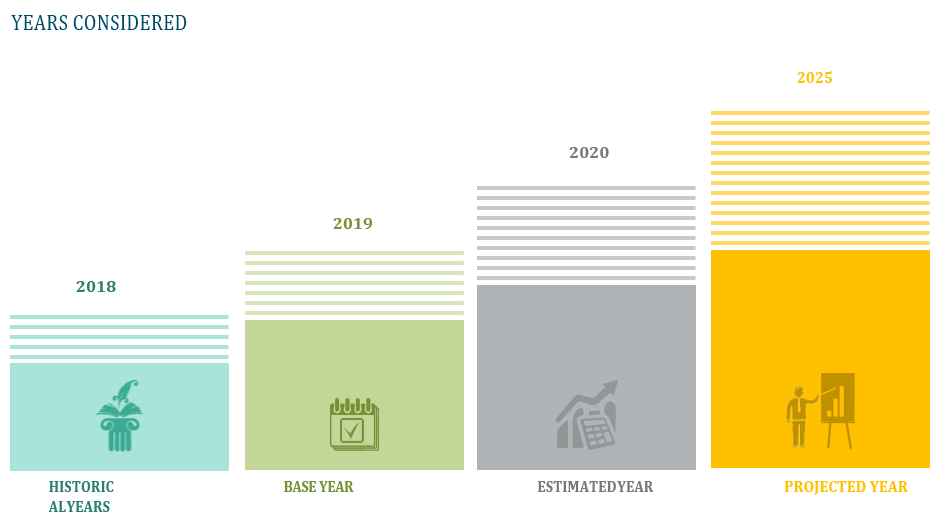


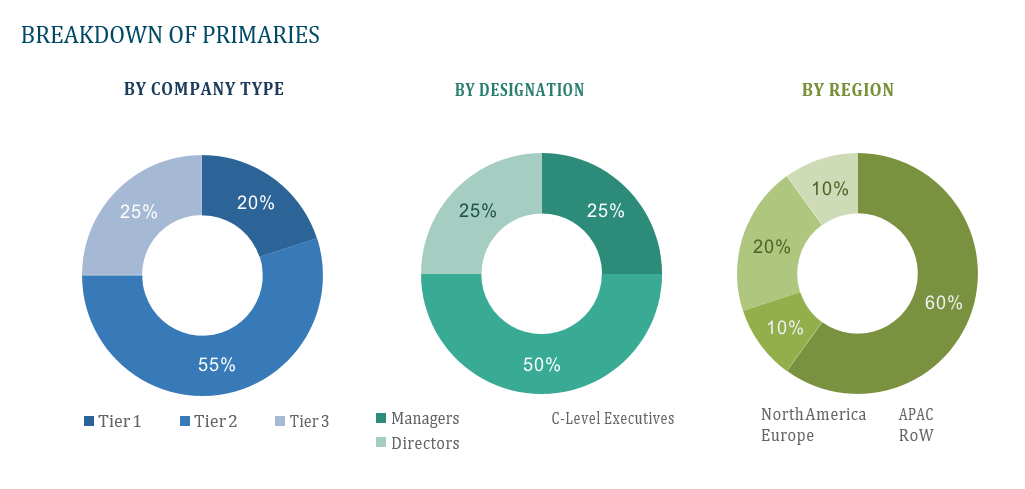
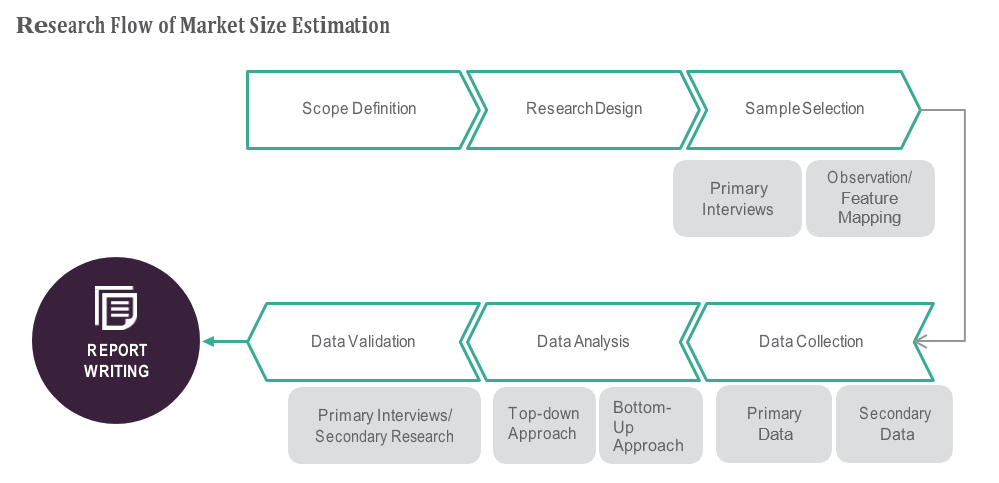

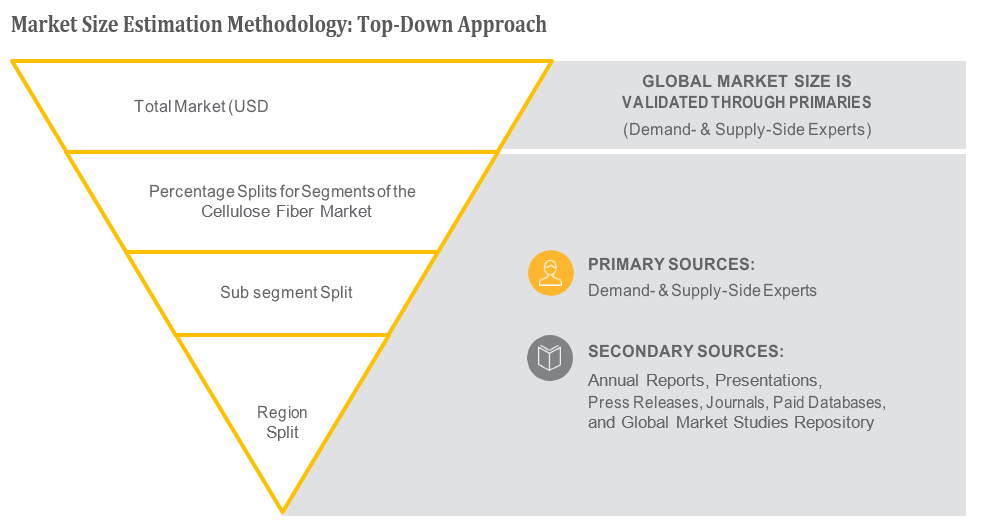
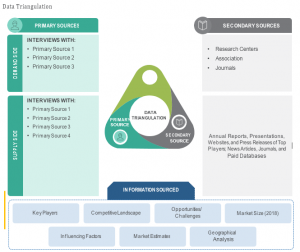
TABLE OF CONTENT
1 Global Clinical Trial Management System Market
1.1 Study Objectives
1.2 Market Definition
1.3 Study Scope
1.3.1 Markets Covered
1.3.2 Geographic Scope
2 RESEARCH METHODOLOGY
2.1 Research Data
2.1.1 Secondary Data
2.1.1.1 Key Data From Secondary Sources
2.1.2 Primary Data
2.1.2.1 Key Data From Primary Sources
2.1.2.2 Key Industry Insights
2.1.2.3 Breakdown of Primaries
2.2 Market Size Estimation
2.2.1 Bottom-Up Approach
2.2.2 Top-Down Approach
2.3 Market Breakdown and Data Triangulation
2.4 Research Assumptions
3 Global Clinical Trial Management System Market – Executive Summary
3.1 Market Revenue, Market Size and Key Trends by Company
3.2 Key Trends by type of Application
3.3 Key Trends segmented by Geography
4 Global Clinical Trial Management System Market – Comparative Analysis
4.1 Product Benchmarking – Top 10 companies
4.2 Top 5 Financials Analysis
4.3 Market Value split by Top 10 companies
4.4 Patent Analysis – Top 10 companies
4.5 Pricing Analysis
5 Global Clinical Trial Management System Market – Industry Market Entry Scenario
5.1 Regulatory Framework Overview
5.2 New Business and Ease of Doing business index
5.3 Case studies of successful ventures
5.4 Customer Analysis – Top 10 companies
6 Global Clinical Trial Management System Market – Market Forces
6.1 Introduction
6.2 Market Dynamics
6.2.1 Drivers
6.2.2 Opportunities
6.2.3 Challenges
6.3 Porters Analysis of Market
6.3.1 Bargaining power of suppliers
6.3.2 Bargaining powers of customers
6.3.3 Threat of new entrants
6.3.4 Rivalry among existing players
6.3.5 Threat of substitutes
7 Global Clinical Trial Management System Market – Strategic Analysis
7.1 Value Chain analysis
7.2 Product Life Cycle
7.3 Supplier and distributor analysis (Market share and product dealing strategies)
8 Global Clinical Trial Management System Market – By Type (Market Size – & million/billion)
8.1 Enterprise CTMS
8.2 Site CTMS
9 Global Clinical Trial Management System Market – By Delivery Mode
9.1 Web-based (Hosted) CTMS
9.2 Licensed Enterprise (On Premise) CTMS
9.3 Cloud-based (SaaS) CTMS
10 Global Clinical Trial Management System Market – By Component
10.1 Software
10.2 Services
11 Global Clinical Trial Management System Market – By End-User
11.1 Pharmaceutical and Biopharmaceutical Companies
11.2 Contract Research Organizations
11.3 Medical Device Companies
11.4 Other
12 Global Clinical Trial Management System Market – By Geography (Market Size – &million/billion)
12.1 Introduction
12.2 North America
12.2.1 US
12.2.2 Canada
12.2.3 Mexico
12.3 Europe
12.3.1 U.K
12.3.2 Germany
12.3.3 Italy
12.3.4 France
12.3.5 Spain
12.3.6 Rest of Europe
12.4 Asia-Pacific
12.4.1 China
12.4.2 Japan
12.4.3 India
12.4.4 South Korea
12.4.5 Rest of APAC
12.5 Rest of the World
12.5.1 South America
12.5.2 Middle East
12.5.3 Africa
13 Global Clinical Trial Management System Market – Entropy
13.1 New product launches
13.2 M&A’s, collaborations, JVs and partnerships
14 Global Clinical Trial Management System Market Company Profile (Key Players)
14.1 Market Share, Company Revenue, Products, M&A, Developments
14.2 Oracle
14.3 Medidata Solutions
14.4 Parexel
14.5 Bio-Optronics
14.6 Mastercontrol
14.7 Forte Research Systems
14.8 IBM
14.9 Bioclinica
14.10 Datatrak
14.11 Veeva Systems
14.12 Company 11 & more
15 Global Clinical Trial Management System Market – Appendix
15.1 Sources
15.2 Abbreviations













